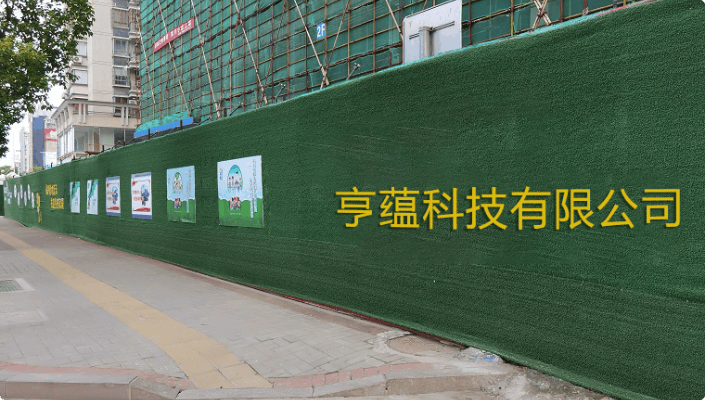
- Afrikaans
- Arabic
- Belarusian
- Bengali
- Czech
- Danish
- Dutch
- English
- Esperanto
- Estonian
- Finnish
- French
- German
- Greek
- Hindi
- Hungarian
- Icelandic
- Indonesian
- irish
- Italian
- Japanese
- kazakh
- Rwandese
- Korean
- Kyrgyz
- Lao
- Latin
- Latvian
- Malay
- Mongolian
- Myanmar
- Norwegian
- Persian
- Polish
- Portuguese
- Romanian
- Russian
- Serbian
- Spanish
- Swedish
- Tagalog
- Tajik
- Thai
- Turkish
- Turkmen
- Ukrainian
- Urdu
- Uighur
- Uzbek
- Vietnamese
turf football field cost
Nov . 16, 2024 18:30 Back to list
The Cost of Turf Football Fields An In-Depth Analysis
When it comes to modern sports facilities, turf football fields have emerged as a popular choice for many schools, colleges, and professional teams. The benefits of artificial turf are well-documented, ranging from enhanced gameplay and safety to reduced maintenance costs. However, the financial implications of installing and maintaining turf football fields can vary widely, making it crucial for decision-makers to understand the potential costs involved.
Initial Installation Costs
The first thing to consider is the initial installation cost of a turf football field. On average, the cost of installing a new synthetic turf field ranges between $600,000 to $1.2 million, depending on various factors such as the size of the field, the type of turf selected, and the geographical location of the installation. A standard football field measures about 100 yards long and 50 yards wide, but additional considerations come into play if you include features such as track surfaces, lights, and bleachers, which can push the cost even higher.
When selecting turf, it is essential to understand that not all synthetic surfaces are created equal. Higher-quality materials often come with a higher price tag but can provide better performance and durability. Factors such as the type of infill used, the thickness of the turf fibers, and the warranty offered can all influence the cost. Premium brands may charge significantly more upfront but can save money in the long run by lasting longer and requiring less maintenance.
Ongoing Maintenance Costs
While artificial turf is often touted for its low-maintenance requirements compared to natural grass, it is not entirely maintenance-free. Ongoing costs should be factored into the overall budget. Maintenance typically includes regular grooming, occasional repairs, and cleaning to remove debris and prevent the buildup of bacteria. Some turf fields also require periodic replacement of infill material, which can add to the ongoing expenses.
Annual maintenance costs usually range between $15,000 to $25,000, depending on the usage of the field, local climate conditions, and how well the field was constructed initially. More frequently used fields will inevitably incur higher maintenance costs. For sports programs with limited budgets, this ongoing expense should be a significant part of the financial planning process.
turf football field cost

Longevity and Return on Investment
One of the major advantages of turf football fields is their longevity. A well-installed turf field can last anywhere from 8 to 15 years, depending on usage and maintenance. When financing a new field, understanding the return on investment (ROI) is critical. For schools or institutions, a turf field can increase the number of playable days per year, allowing for more games, practices, and events. This increased usage can lead to heightened team performance and community engagement, potentially resulting in higher revenues from ticket sales, concessions, and merchandise.
Environmental Considerations
Another aspect to consider is the environmental impact and sustainability of turf football fields. Many synthetic turfs are made from non-biodegradable materials, raising concerns about long-term ecological consequences. New innovations in environmentally-friendly turf materials are emerging, albeit at a higher cost. However, for many institutions, the potential environmental impact is outweighed by the benefits of all-weather playability and reduced water usage, particularly in drought-prone areas.
Conclusion
Ultimately, the decision to install a turf football field should involve careful consideration of both initial and ongoing costs, alongside the long-term benefits and community impact. Institutions must conduct a thorough financial analysis, taking into account not just the upfront installation costs but also maintenance, potential revenue increases, and environmental considerations.
Despite the significant investment, turf football fields can provide considerable advantages for athletic programs, making them a worthy consideration for any school or organization looking to enhance their sports facilities. As turf technology continues to evolve, the costs and benefits will also change, offering future opportunities for even better performance at potentially lower prices. In the end, understanding the costs associated with turf football fields is essential to making an informed decision that aligns with both budgetary constraints and the goals of the organization.
-
The Benefits of Artificial Turf for Indoors
NewsJul.15,2025
-
How Artificial Grass Suppliers Ensure Quality Products
NewsJul.15,2025
-
Artificial Grass and Pets: A Space for Relaxation
NewsJul.08,2025
-
Balcony & Outdoor Decoration with Artificial Grass
NewsJul.08,2025
-
Best Indoor Artificial Grass for Home
NewsJul.07,2025
-
Best Pet Turf for Dogs: Safe & Durable Artificial Grass Options
NewsJul.07,2025
Products categories









